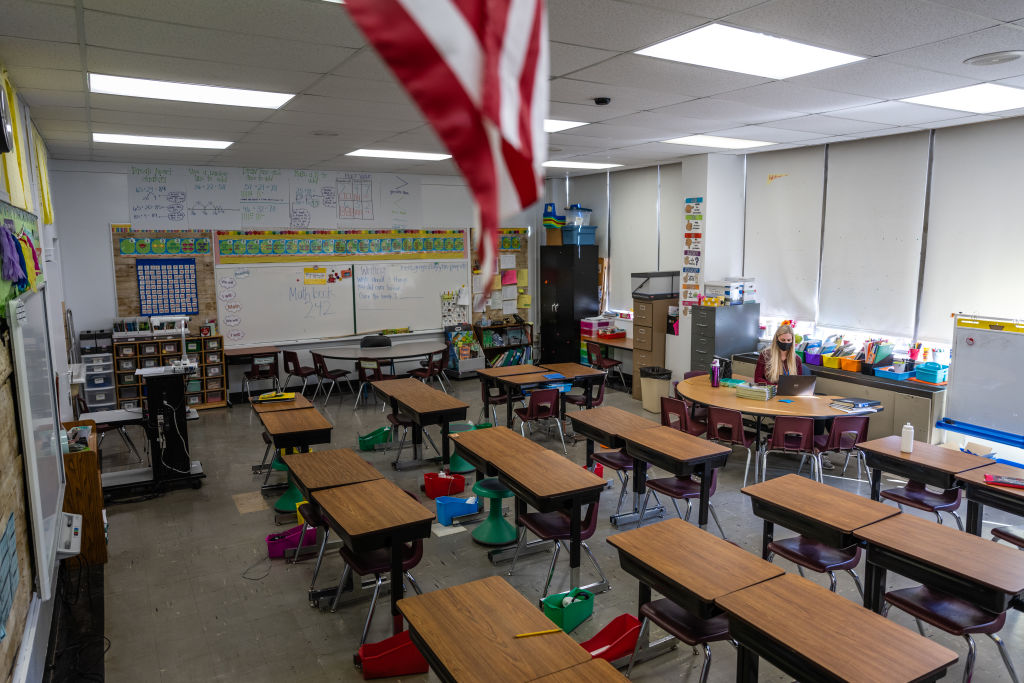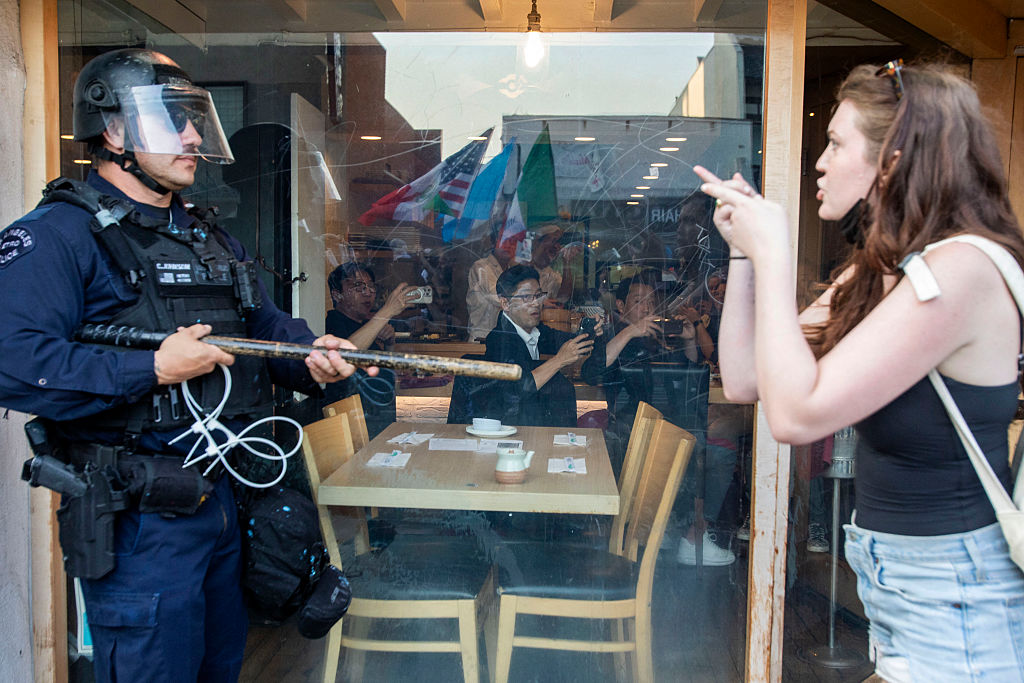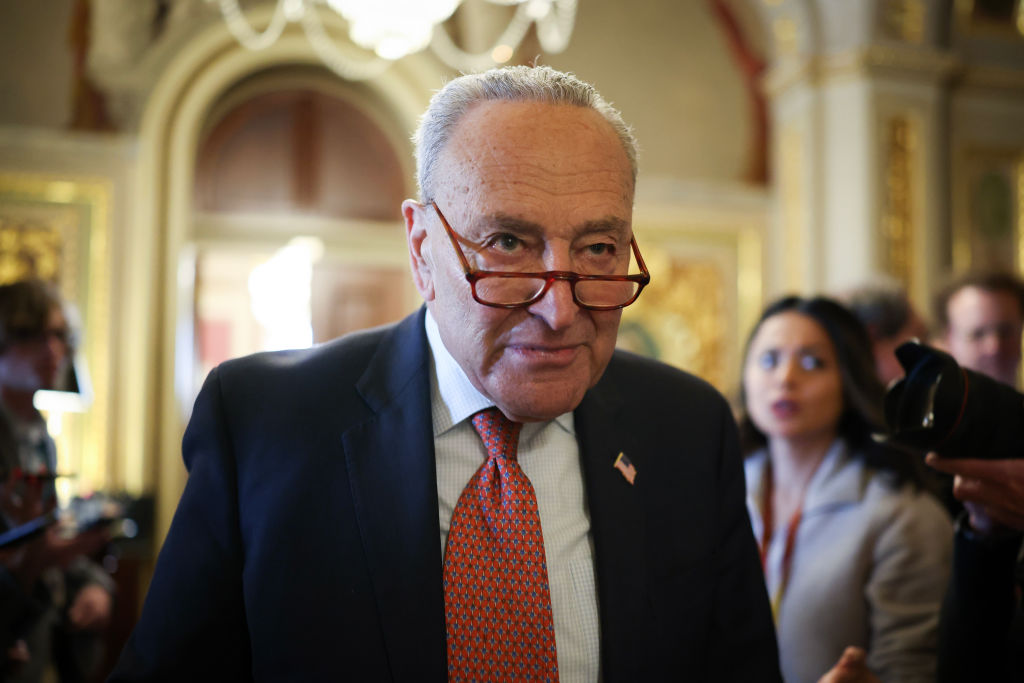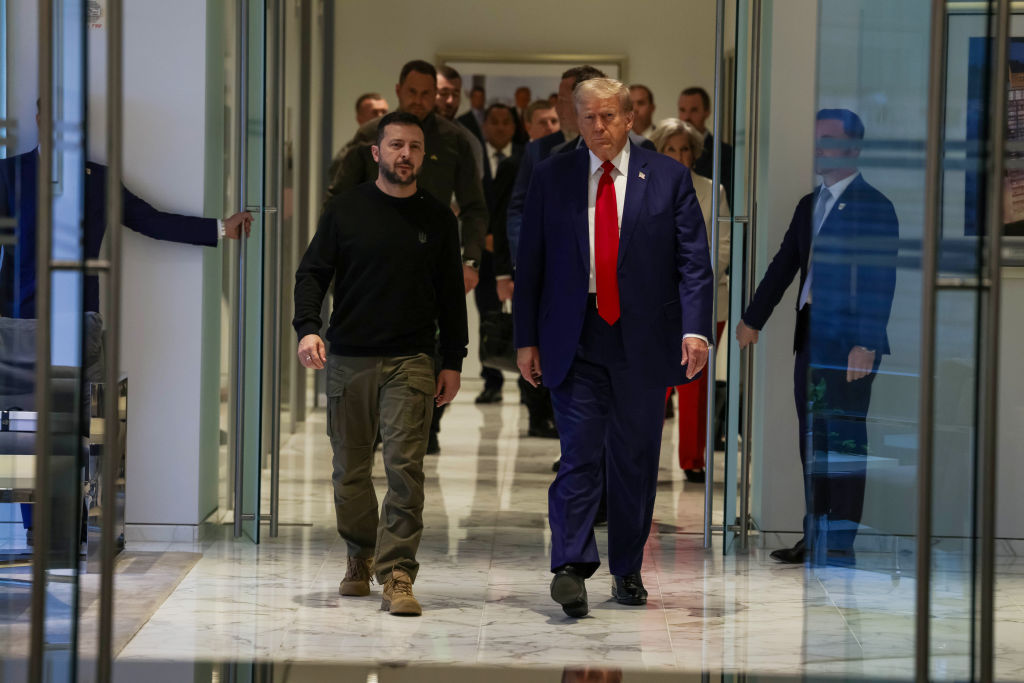According to the mainstream media, there’s a national teacher shortage, though ongoing reports of this “catastrophic” phenomenon have left me skeptical. On one hand, there does seem to be a shortage of almost every type of worker these days, yet on the other, public school teaching has traditionally been a comfortable sort of job, offering a pretty predictable schedule, plenty of time off, benefits, and the rewarding opportunity to improve children’s lives.
Where I live, teaching is considered a high-class career. It has its fair share of challenges, no doubt, but it’s also not a sector where I would expect to see a shortfall of employees. Then again, of a dozen or so classmates I graduated college with who were thrilled by the public school teaching jobs they had lined up, only one or two remain in a public school post. Bogged down by bureaucratic policies and fed up with a lack of disciplinary support, these young teachers quickly became disillusioned and jumped ship, either for private schools or a different career altogether.
So what gives? Is there really a teacher shortage crisis facing our public schools? I spoke to Colleen Hroncich, a policy analyst at the Cato Institute’s Center for Educational Freedom, about what she’s seen.
“The data show that there’s not really a widespread teacher shortage,” Hroncich told me. “Across the board, it’s more of a headline phenomenon than an on-the-ground phenomenon. It’s not as clear-cut as the headlines make it out to be.”
Shortages “tend to be in pockets,” Hroncich explained, with trends remaining the same as they’ve typically been: special education, STEM fields, and very rural and very urban areas are experiencing the most need, as usual.
The Chicken Littles of the teacher shortage, of course, tend to be those who benefit most from the ensuing panic.
“The unions use teacher shortages as a sort of scare tactic to help with their budget negotiations and salary negotiations, and politicians do the same thing because they want to spend more money on schools, because that helps with their donors, who are oftentimes teachers’ unions,” said Hroncich.
In the areas where there are shortages, the unions have only themselves to blame. Hroncich noted that teachers’ unions typically demand a one-size-fits-all contract for the employees they represent.
“That means you’re not paid on the subject you’re teaching, how hard it is, what the supply-and-demand is for teachers of that subject, or how well you do. You’re paid based on how long you’ve been there and what degrees and certifications you accumulate, even though there’s not a relationship between those things and how good you are necessarily.”
When it comes to STEM especially, people have many opportunities to make a lot more money outside of teaching. Hroncich argues that if public school teachers were treated as individuals rather than cogs in the union machine, in which a kindergarten gym teacher is paid the same as a high school physics teacher, for example, and if their salaries were market-based, these shortages would all but disappear.
It’s unlikely, of course, that the well-funded, powerful teachers’ unions and their corrupt political allies will have a change of heart any time soon. But there are bright spots on the horizon, as parents and teachers become more aware of the benefits of education freedom. A silver lining of the Covid pandemic was that many parents became more involved in their children’s educations and experienced different and oftentimes better ways to deliver education.
“As more states adopt school choice, [parents] are going to be allowed to take some education funding and unbundle their education and choose various providers to suit their needs,” said Hroncich. “For special education especially, that’s huge.”
Teachers, too, are waking up to the fact that most union policies are “what’s good for the teachers’ unions, not the teachers themselves.”
For now, shortages in some areas of education persist, yet Hroncich is of the mind that as knowledge of education choice options spread, and as more people realize “school doesn’t have to look like it did fifty years ago, or even four years ago,” our education system will begin to heal.
“Ultimately, that’s where the solution lies,” said Hroncich. “Will there be pain in getting there? Unfortunately, yes.”
The pain, however, may not be as extreme or abiding as it could be. Pennsylvania’s new Democratic governor Josh Shapiro is poised to make a break from his Democratic allies if he proceeds in his support for the Lifeline Scholarship program. As Hroncich noted for RealClearPennsylvania, Shapiro’s gubernatorial campaign championed this education choice program, which would “establish scholarship accounts for students assigned to the lowest-achieving public schools so that they could pursue better educational options.”
It’s not a perfect bill, as it shouldn’t be a requirement that a child’s school be a dismally performing one for him to deserve educational options. But it’s a big step in the right direction with potentially massive implications for the entire country.

























